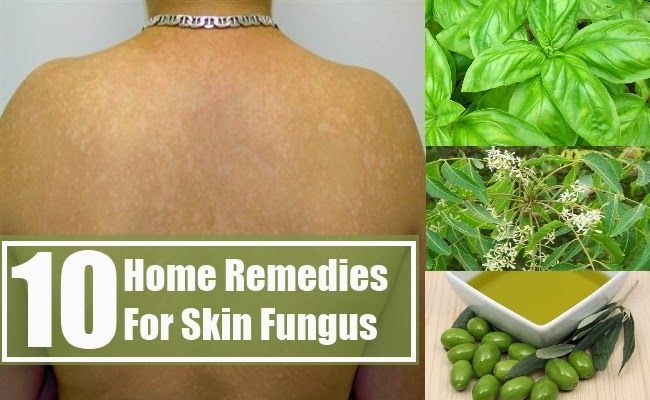Skin fungus, an exuberant intruder, manifests itself in various guises, presenting an array of peculiar symptoms that can easily bewilder the unprepared observer. The skin, being a dynamic organ, frequently interacts with environmental factors, some of which are conducive to fungal growth. This article delves into the intricate world of skin fungus, elucidating its symptoms and exploring effective home remedies that can empower individuals to reclaim their skin’s health.
Before plunging into the plethora of home remedies, it is vital to understand the distinctive symptoms associated with skin fungal infections. The manifestations of these infections can range from mildly irritating to profoundly distressing, often necessitating prompt intervention.
Understanding the Symptoms of Skin Fungus
The recognition of symptoms is the first step towards effectively addressing a skin fungal infection. Symptoms can vary based on the specific type of fungus, but some common characteristics tend to emerge. Primary among these are:
Itchiness and Irritation
A telltale sign of skin fungus is incessant itchiness. This persistent urge to scratch often leads to discomfort and can exacerbate the condition. The itchiness can manifest suddenly, making it difficult for individuals to resist the instinctive impulse to alleviate the discomfort through scratching.
Redness and Inflammation
Inflammation is another characteristic feature of skin fungal infections. The affected area may appear red and swollen, signaling the body’s immune response to the invading fungi. This redness can be coupled with warmth to the touch, indicating that an inflammatory process is underway.
Flaking and Peeling
As the fungus proliferates, the skin may begin to flake or peel, revealing underlying layers. This phenomenon can be particularly alarming, as it often leads to an unsightly appearance. In more severe cases, large sections of skin may shed, prompting further concern and potentially leading to secondary infections.
Rash Formation
Skin rashes caused by fungal infections frequently exhibit a distinctive pattern. The rash may take on a ring-like appearance, commonly known as tinea or ringworm. These rashes can appear on various body parts, including the scalp, feet, and groin, making them versatile in their affliction. The configuration of these rashes often serves as a diagnostic clue to healthcare professionals.
While the aforementioned symptoms can serve as red flags indicating the presence of a skin fungal infection, it is equally crucial to address strategies that one might employ for effective management at home.
Home Remedies: A Treasure Trove of Solutions
In the quest to combat skin fungus, nature offers a veritable arsenal of home remedies. These strategies not only serve to mitigate symptoms but also promote overall skin health. Embracing these time-honored approaches can transform the way one deals with fungal invasions.
Apple Cider Vinegar: The Natural Antifungal
Apple cider vinegar (ACV) is lauded for its antifungal properties. Its acidic nature disrupts the fungal life cycle, creating an inhospitable environment. To utilize ACV, dilute it with equal parts water and apply it directly to the affected area using a cotton ball. This remedy may also provide relief from itching, allowing for a sense of comfort to permeate.
Garlic: A Potent Defender
The pungent bulb of garlic harbors compounds that showcase remarkable antifungal characteristics. Allicin, a principal component of garlic, has been substantiated in scientific literature for its efficacy against various fungi. A paste made from crushed garlic cloves can be applied externally to the affected areas. Caution is advised, as direct contact may cause irritation; thus, conducting a patch test is a prudent precaution.
Coconut Oil: A Moisturizing Ally
Coconut oil possesses medium-chain fatty acids that exhibit noteworthy antifungal properties, particularly against Candida species. The oil can be applied directly to the skin, fostering a dual benefit—moisturization coupled with the hindrance of fungal growth. Its emollient attributes make it an ideal companion for those battling dryness exacerbated by fungal infections.
Tea Tree Oil: Nature’s Antimicrobial
Known for its potent antimicrobial properties, tea tree oil has garnered attention within the realm of dermatology. Its application can significantly reduce fungal colonization. However, essential oils are typically potent; therefore, it is advisable to dilute tea tree oil with a carrier oil, such as jojoba or almond oil, before topical application. Regular usage can lead to marked improvements.
In conjunction with these remedies, fostering a holistic approach to cutaneous health is essential. Lifestyle modifications can greatly enhance the efficacy of home treatments and mitigate the likelihood of recurrence.
Lifestyle Modifications: Shielding Against Recurrences
Beyond external treatments, adopting lifestyle changes can fortify one’s defenses against fungal infections. Understanding the environments conducive to fungal growth is imperative.
Maintain Skin Hygiene
A steadfast commitment to hygiene is crucial. Regular cleansing of skin folds, particularly in warmer climates, will help eliminate excess moisture—the primary breeding ground for fungi. Employing antifungal powders in areas prone to sweat can further inhibit fungal proliferation.
Select Breathable Fabrics
Opting for breathable, moisture-wicking fabrics can significantly decrease skin dampness, thereby reducing the likelihood of fungal infections. Natural fibers such as cotton allow the skin to breathe, creating an environment less hospitable to fungi.
Dietary Considerations
A balanced diet enriched with antifungal foods—such as vegetables, fruits, and nuts—can enhance the body’s resilience against infections. Probiotics may also play a role in maintaining skin and gut health, fostering a conducive environment for overall wellness.
In summary, skin fungal infections pose a pervasive challenge, but understanding their symptoms and implementing effective home remedies can significantly mitigate their impact. The interplay of diligent hygiene, mindful lifestyle choices, and nature’s bounty offers a robust strategy for reclaiming skin health. The journey toward recovery may require patience and persistence, yet the rewards of restored skin vitality are undoubtedly worth the endeavor. As you delve into the realm of home remedies, challenge yourself to experiment with these natural solutions—your skin will thank you.
